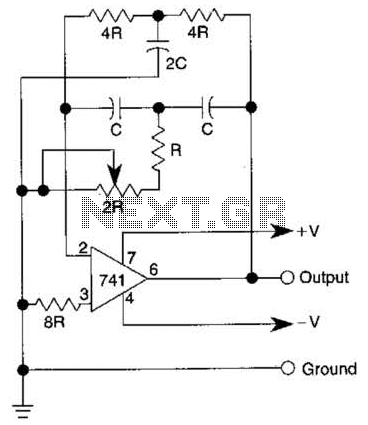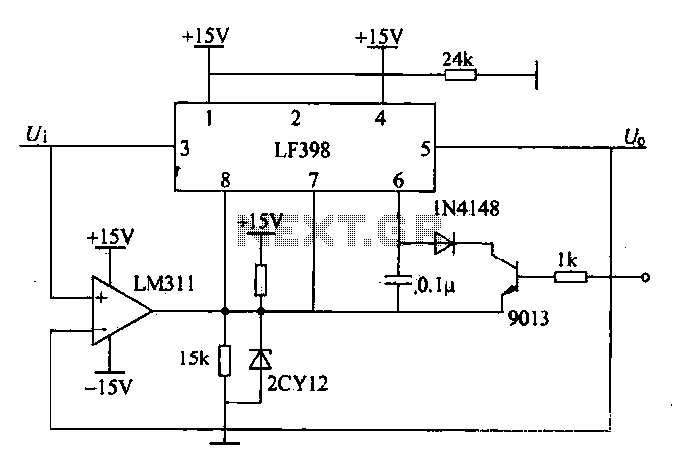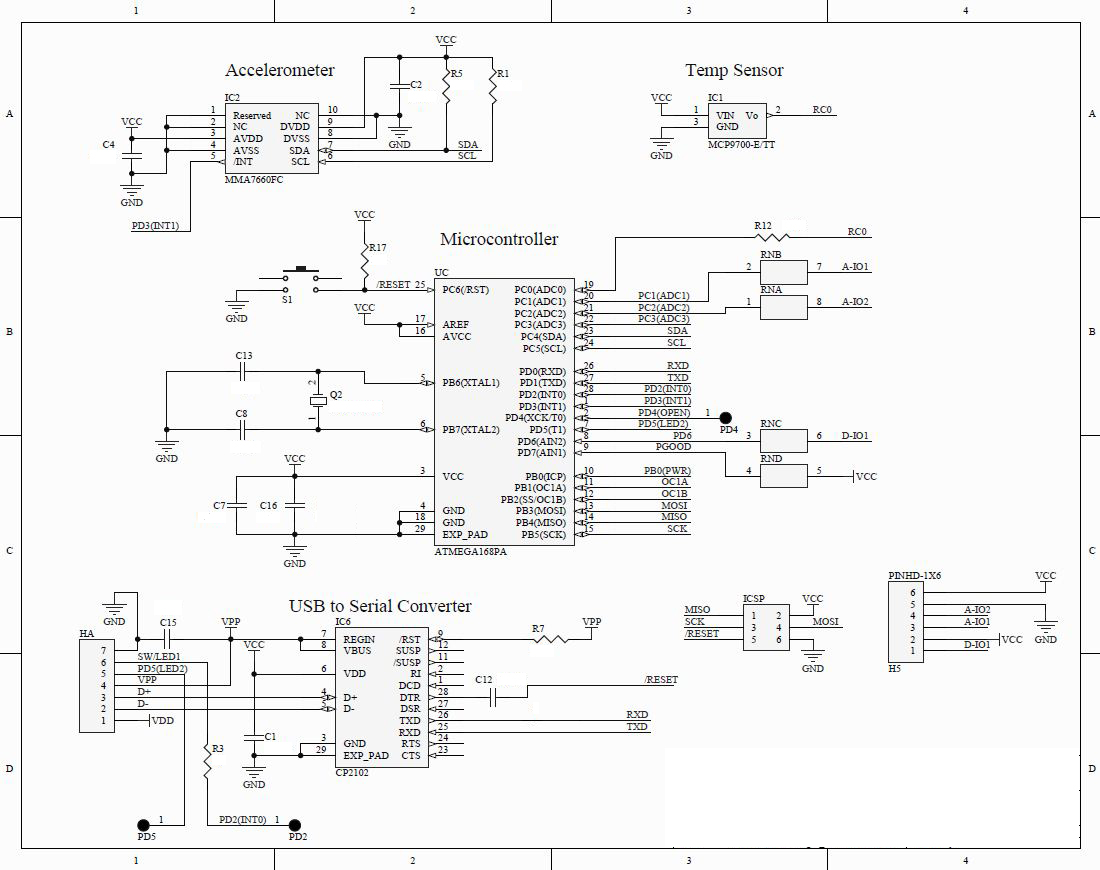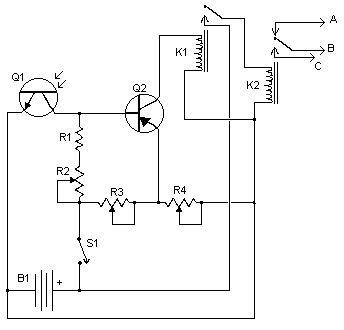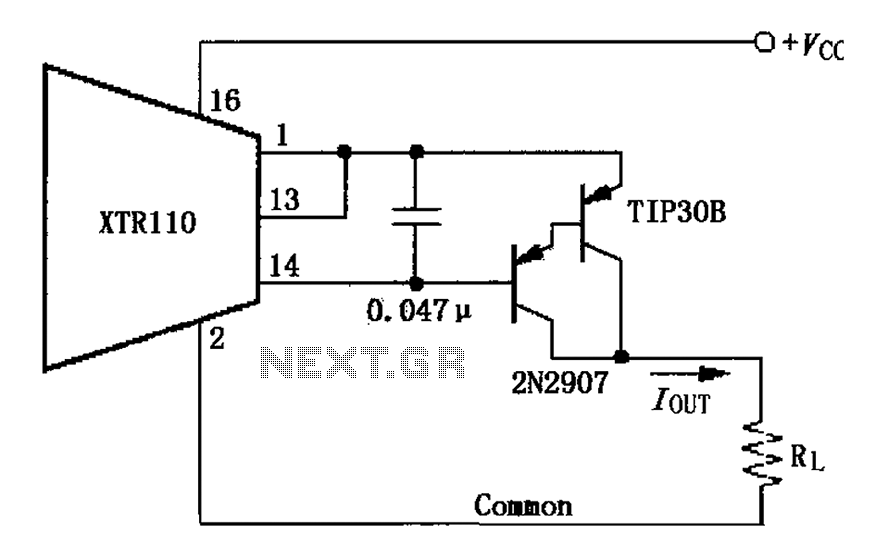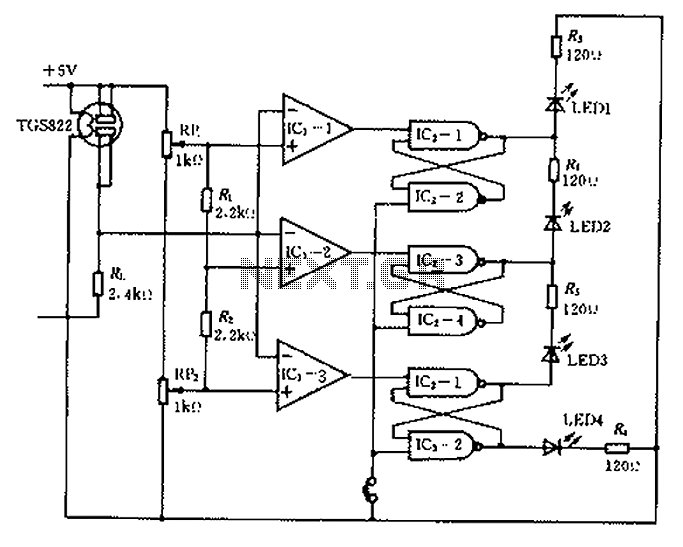
Automatic light regulator circuit diagram

This circuit is designed to automatically adjust the brightness of lights based on the ambient light intensity. In bright conditions, the lights remain off, while in low ambient brightness, the lights are activated. The circuit incorporates a thyristor (VT1) and diodes (VD1 to VD4) to form a full-wave phase control system, with a neon tube (N) serving as the trigger for the thyristor. The adjustment of the capacitor (C) allows for changes in the charging time constant, which in turn modifies the conduction angle of the thyristor, thereby controlling the brightness of the lights.
This automatic brightness control circuit utilizes a thyristor (VT1) in conjunction with a series of diodes (VD1 to VD4) to implement a full-wave phase control mechanism. The function of the diodes is to rectify the AC input, allowing for a controlled output that varies based on the ambient light levels detected by the circuit. The neon tube (N) acts as a triggering device for the thyristor, ensuring that the thyristor only conducts when the ambient light falls below a certain threshold.
The core operation of the circuit hinges on the adjustment of the capacitor (C), which influences the charging time constant. By altering this time constant, the conduction angle of the thyristor can be modified, thereby affecting the average power delivered to the load (lights). In bright conditions, the capacitor charges quickly, resulting in a smaller conduction angle and consequently lower light output. Conversely, in darker conditions, the capacitor charges more slowly, increasing the conduction angle and allowing more power to flow to the lights, thus enhancing their brightness.
The design of this circuit is particularly effective for applications where ambient light levels fluctuate, such as outdoor lighting or streetlights, providing an energy-efficient solution that adapts to changing conditions. The use of a thyristor not only facilitates effective control of the lighting but also contributes to the durability and reliability of the circuit, making it suitable for various electronic applications. As shown, this circuit can automatically adjust the brightness according to ambient light intensity of light. If outside, high brightness, light on dark, whereas low ambient br ightness, lights come on. FIG thyristor VT1 and diode VD1 ~ VD4 circuit composed of a full-wave phase control, with neon tube N for VT1 trigger tube. W can be adjusted to change the capacitor C charging time constant, that change VT1 conduction angle control the brightness of light.
This automatic brightness control circuit utilizes a thyristor (VT1) in conjunction with a series of diodes (VD1 to VD4) to implement a full-wave phase control mechanism. The function of the diodes is to rectify the AC input, allowing for a controlled output that varies based on the ambient light levels detected by the circuit. The neon tube (N) acts as a triggering device for the thyristor, ensuring that the thyristor only conducts when the ambient light falls below a certain threshold.
The core operation of the circuit hinges on the adjustment of the capacitor (C), which influences the charging time constant. By altering this time constant, the conduction angle of the thyristor can be modified, thereby affecting the average power delivered to the load (lights). In bright conditions, the capacitor charges quickly, resulting in a smaller conduction angle and consequently lower light output. Conversely, in darker conditions, the capacitor charges more slowly, increasing the conduction angle and allowing more power to flow to the lights, thus enhancing their brightness.
The design of this circuit is particularly effective for applications where ambient light levels fluctuate, such as outdoor lighting or streetlights, providing an energy-efficient solution that adapts to changing conditions. The use of a thyristor not only facilitates effective control of the lighting but also contributes to the durability and reliability of the circuit, making it suitable for various electronic applications. As shown, this circuit can automatically adjust the brightness according to ambient light intensity of light. If outside, high brightness, light on dark, whereas low ambient br ightness, lights come on. FIG thyristor VT1 and diode VD1 ~ VD4 circuit composed of a full-wave phase control, with neon tube N for VT1 trigger tube. W can be adjusted to change the capacitor C charging time constant, that change VT1 conduction angle control the brightness of light.
